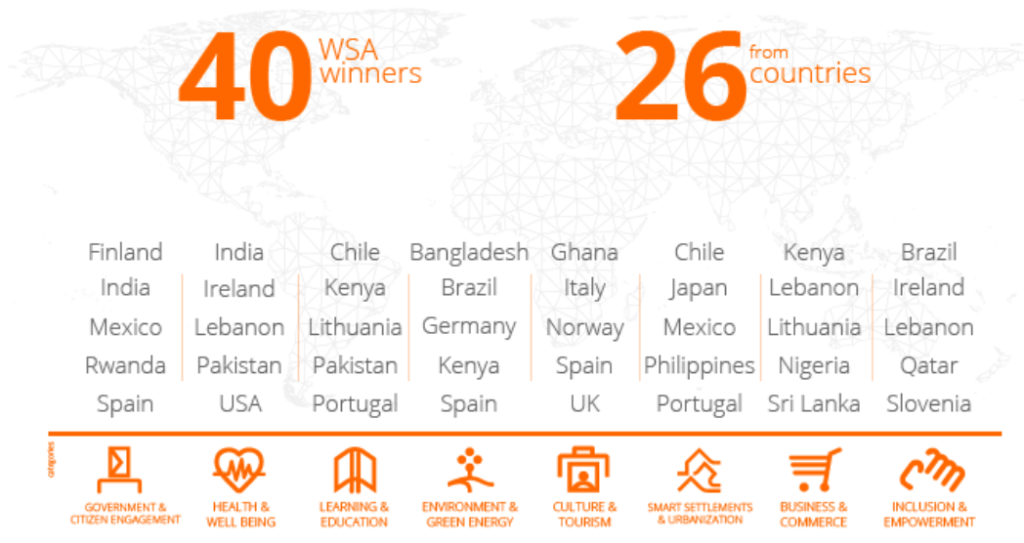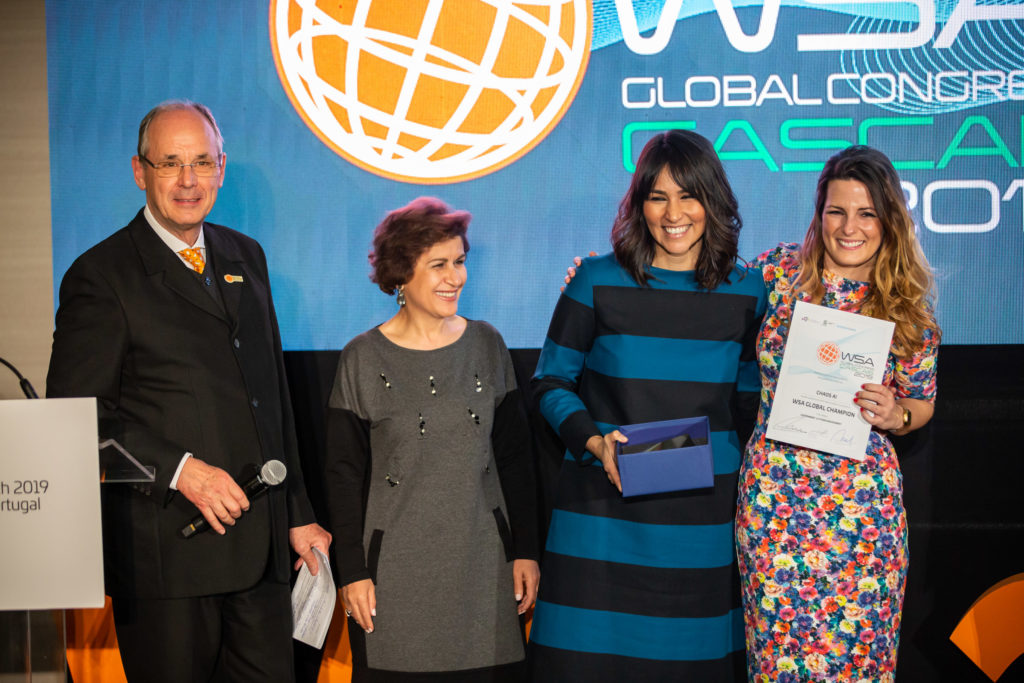The quality of life, or in other words, the liveability, like never before, has become a crucial topic for cities and citizens of today. Some of the measurable aspects affecting liveability among many can be trends in real estate, urban mobility, or urban ecology. Understanding such impact aspects enables us to keep urban planning on an even “higher” level of liveability in order to build the sustainable and resilient cities of the future. There can be two sides of this topic.
For CHAOS architects, the representers of the technological side of a human-centric urban planning, it was important to investigate the strategy of bottom-up civil initiatives that promote urban citizenship and two-way interaction. One example of which can be “A City Made By People”, a global network with a headquarter in Amsterdam and 25+ cities in its profile. The network explores the topic of liveability through creativity, knowledge sharing, urban experiences, and celebrating the citizens “who make our cities more liveable”.
“It is all about the human power, creativity and citizen engagement. The network’s goal is to show a different side to cities, that is, people. Featuring people that are actually creating a city and contribute to a better city. It is interesting to observe how neighbourhoods work, how people move around, what people value, and this is something that we (the network) want to show more; learn from this and use it for the future. One of the success formulas for a meaningful impact is bringing brands, municipalities and citizens together and using a creative discipline to solve urban issues.”, says Robin Cox, CEO of A City Made By People.
In the European setting, cities share common urban challenges that are negatively affecting the liveability index, and that can be put under five topics:
1. Housing, affordability and cost of living
2. Gentrification of neighbourhoods
3. Social cohesion
4. Green spaces
5. Mobility and prioritising of public transportation
(Read “Trends and challenges in Helsinki”)
These challenges fall under the responsibility of municipalities and cities to solve, but it is people’s insights that can and should navigate the direction of development. According to Robin, a two-way dialogue for ideation and co-creation between municipalities and citizens should be established; and not just any citizen, but we need to reach the diversity.
Citizen engagement and collaboration are becoming critical to developing smart cities. More than that, urban research agrees that two-way interaction and collaboration enhance the level of citizen engagement and boost creativity. The reason behind lies in the facts that, firstly, collaboration presupposes the inclusion of multiple stakeholders what, in this context, brings alternative solutions to an urban challenge. This eradicates the monopoly approach to urban planning decision-making and builds trust. Secondly, knowing that a citizen’s voice is being heard and that there is a willingness to interact in the spirit of reciprocity builds favourable conditions for all parties involved. It can be agreed that contributing to a cause without receiving a feedback rather discourages than makes an impact.
This conversation has proved indeed that citizens are those who define our cities nowadays. As it is commonly perceived, today’s younger generation (millennials) are the back-to-the city generation. The second side to this comes when we talk about the future: if people are the driving force of today and we are an urban generation, then the future will add on a new player: technology. Moving towards sustainable cities of the future should include smart urban solutions promoting liveability already today.
Do you want to learn more about how to bring liveability aspects into your city project?
Book a free demo




